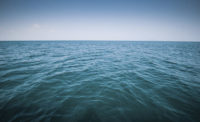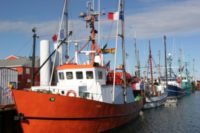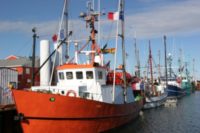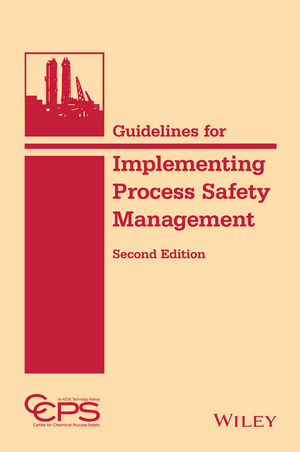Man overboard!
Commercial fishing even more dangerous without PFDs
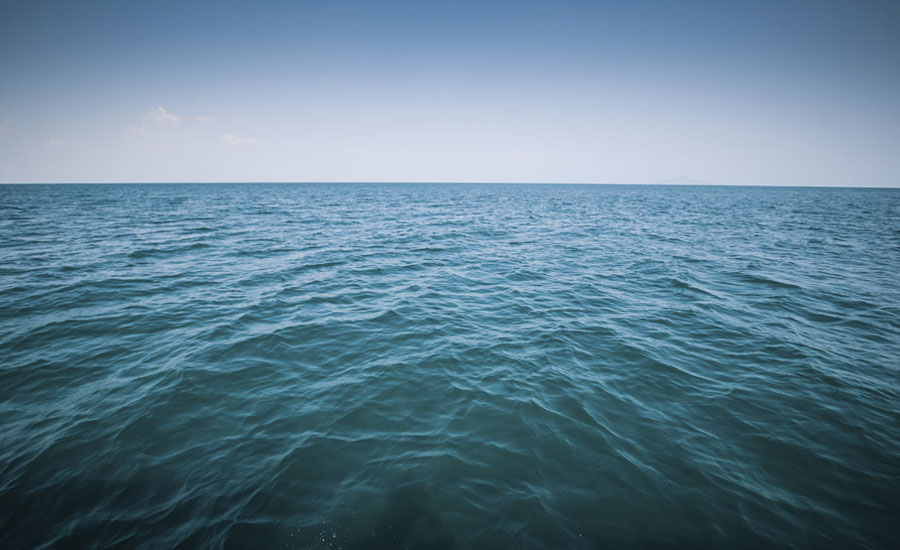
Personal flotation devices (PFDs) save lives – especially in the commercial fishing industry, one of the most dangerous occupations, with a fatality rate in the U.S. 29 times higher than the national average.
In the Canadian province of British Columbia, drowning is the leading cause of death among fishermen. WorkSafeBC, a provincial occupational safety agency, is trying to change that with a new video, Turning the Tide: PFDs in the Fishing Industry. The video recounts two tragic stories of commercial-fishing workers who lost their lives at sea, and one story of a guide who nearly drowned – all of which might have been prevented if the workers had been wearing PFDs.
In the video, Chris Cook and Dennis Woloshuk describe the turn of events that led to the commercial-fishing boat they were working on capsizing in freezing temperatures. Then, Kim Pepler talks about losing her son, Ben Dick, who died at 25 while working on a prawn fishing boat. Finally, Ben Angus, a sport-fishing guide, recounts a serious incident that resulted in him falling overboard and nearly drowning.
In each circumstance, wearing a PFD might have dramatically changed the course of events and potentially saved lives.
“It’s easy to become complacent about the risk of drowning while working on a fishing boat, but the danger is very real,” says Patrick Olsen, Manager, Prevention Field Services for WorkSafeBC. “PFDs have evolved tremendously compared to 10 or 20 years ago — find the one that works best for you and wear it. It could save your life.”
In Canada, employers are responsible for ensuring workers are wearing PFDs, where there is a risk of drowning. Masters have primary responsibility for the health and safety of the crew while the vessel is being operated. Under Canada’s Workers Compensation Act and the Occupational Health and Safety Regulation, owners and masters have varying and overlapping duties and responsibilities, which can be found under Part 3 of the Act and Part 24 of the OHSR and Guideline G24.69.
In the U.S., OSHA regulation 46 CFR 28.105 requires that there be at least one Coast Guard approved device of the proper size for each person on board the vessel.
Click here to visit the National Institute for Occupational Safety and Health (NIOSH) Commercial Fishing Safety – Falls Overboard web page for more information about PFDs.
Looking for a reprint of this article?
From high-res PDFs to custom plaques, order your copy today!




